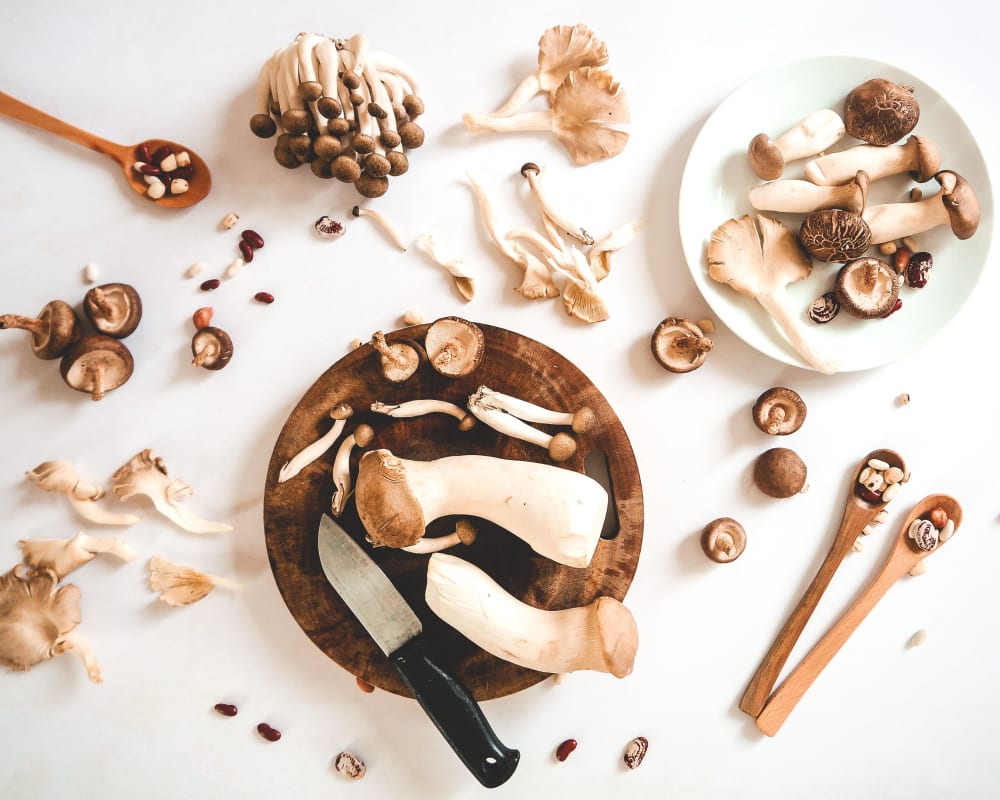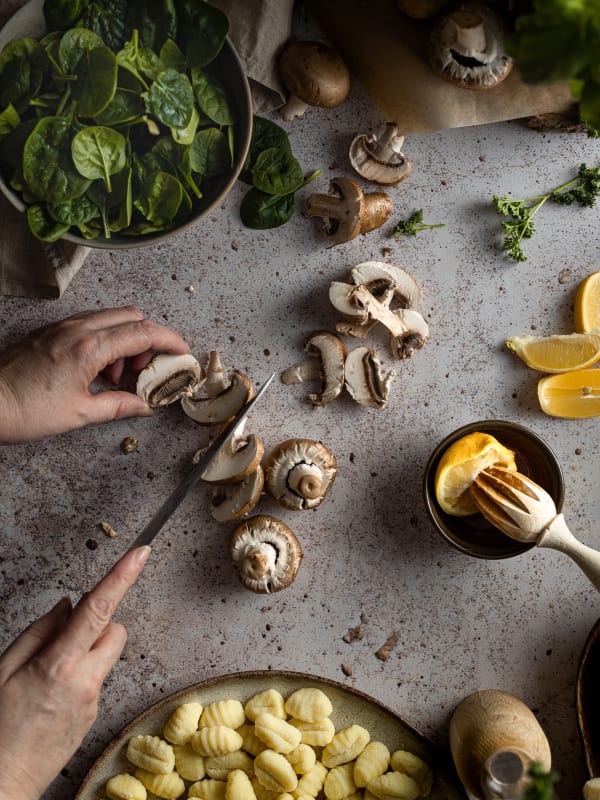Cremini: Forgotten Fungus

Cremini: Forgotten Fungus
In an age of excitement over trendy medicinal mushrooms, it's easy to ignore the more common culinary varieties.
Cremini mushrooms are among the most “standard” supermarket mushrooms money can buy. If there is a more overlooked mushroom than the cremini, it is probably the white button mushroom. The only difference is age: white button mushrooms will turn into brown creminis and then mature into portobellos. They are all just three different phases of the same mushroom, Agaricus Bisporus.
I can assure you that this mushroom is anything but humble.

Champignons de Paris
First cultivated in Europe in the catacombs underneath the French capital in the 17th century, creminis were well-positioned to become the mainstays of a burgeoning national culinary legacy. The distinct earthy umami of these button caps made them a versatile and delicious part of any Chef's mise en place.
But long before France brought restaurant culture to the West, the Agaricus Bisporus was well-known in Chinese medical traditions. Perhaps it was more appropriately situated in a medical context than a culinary one, or maybe the boundary between these worlds is fictitious. Creminis prove that foods we eat for enjoyment often have more to offer than happy taste buds.
The Longevity Fungus
Button mushrooms are a great source of B vitamins and a good source of vitamins C, D, and E. They also boast an excellent mineral profile, offering solid servings of copper, potassium, iron, zinc, sodium, selenium, and manganese.
Creminis are almost one-third protein and contain all nine essential amino acids, similar to meats and other protein-rich animal foods. This balance makes them a great and tasty way to supplement a vegetarian diet.
They also feature a unique amino acid called ergothioneine. Some researchers have described ergothioneine as 'the longevity vitamin' for its broad ability to protect our health as we age. Mushrooms contain more of it than anything else we eat, by far. The brown button offers twice as much ergothioneine as its white counterpart. This may explain why creminis have more potent anti-cancer, antioxidant, antidiabetic, antimicrobial, and anti-inflammatory effects.

Mushrooms at Market and Home
When shopping for creminis, organic is always a good idea. Look for smooth, firm caps with covered gills and no spots- these are all signs of freshness. Store them in a paper bag in the fridge. The paper bag helps prevent condensation, which can cause unwanted mould. A final note on preparation, try not to overcook them. A fast saute will enhance the flavour and retain the mushroom's complete vitamin profile.
A Fun Guy
Mushrooms are usually added to give a dish umami. Creminis can turn a good broth into a great one, add gorgeous earthiness to an alfredo sauce, or take a steak to the next level. Only recently have we started to understand the vast scope of health benefits that these fungi offer us. While they might not be as exciting as other mushroom varieties, cremini provide both flavor and nutrition in a harmonious equation that draws no lines.
Forget this fungus no further!





